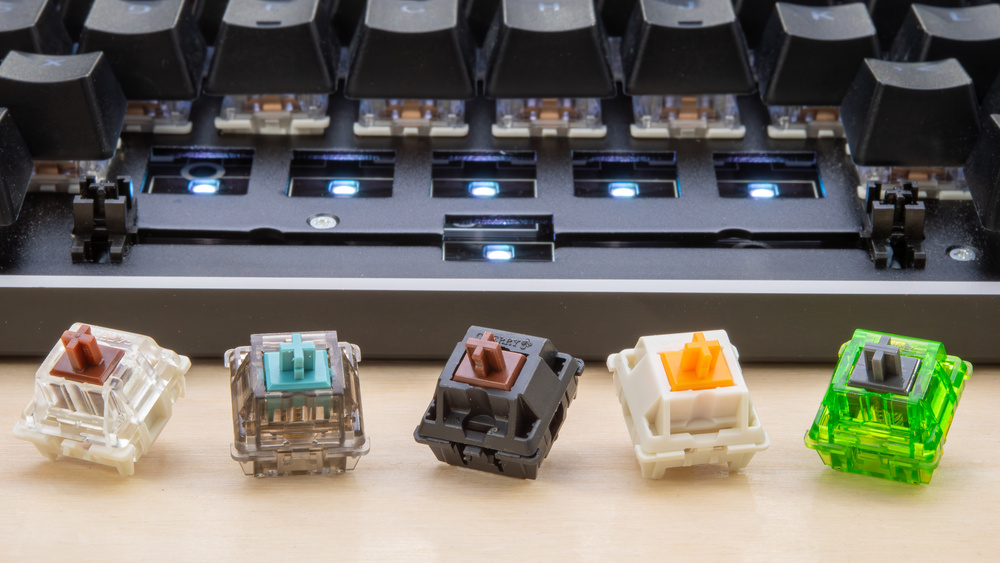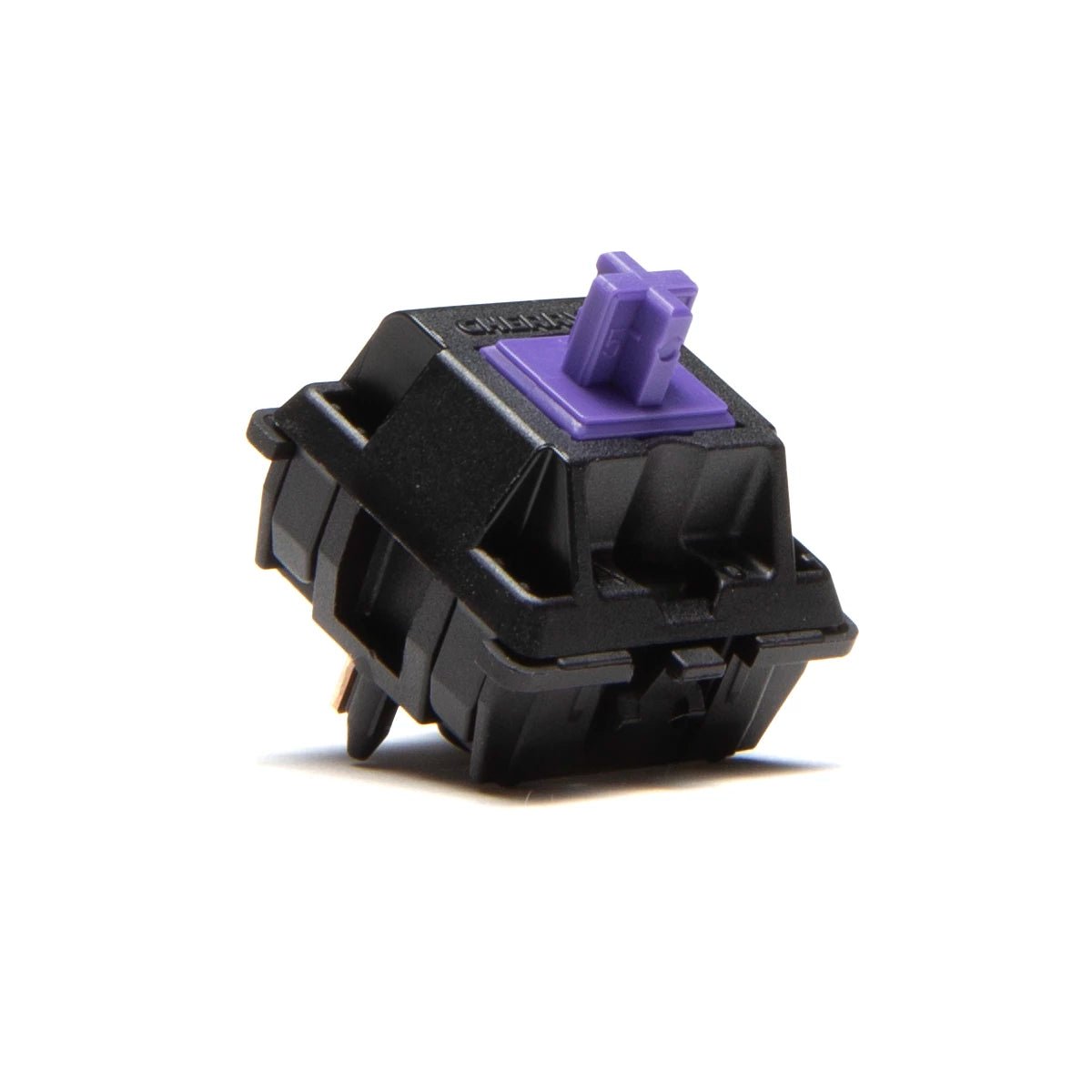If you enjoy a gentle feedback while typing, tactile switches are a great choice.
Recognizing the Conveniences of Tactile Switches Over for Boosted Individual Experience
Responsive switches are indispensable to contemporary customer interfaces, giving physical responses that improves interaction precision and individual complete satisfaction. By supplying a distinct experience upon activation, responsive switches confirm individual inputs without the demand to divert aesthetic attention, simplifying task execution and lowering error rates.
Checking Out the Mechanics of Tactile Switches Over
To understand exactly how responsive buttons enhance user experience, it is crucial to look into their technicians. Tactile switches operate through a system that customers can feel and hear when a key is pressed. This is achieved by integrating a little dome or bump within the button, which develops resistance at a details factor in the keypress path. Once this factor is surpassed, the resistance paves the way, producing an obvious 'click.' This physical sensation is crucial as it provides immediate physical feedback to the user, confirming that the input has actually been made without requiring to activate the switch totally.
The building of these switches varies, yet usual materials include steel for the calls and rubber or silicone for the responsive dome - tactile switches. These components are engineered to hold up against numerous cycles, making sure longevity and regular efficiency in time. This reliability makes tactile buttons especially preferred in atmospheres that demand fast, accurate user input
Just How Tactile Comments Enhances Accuracy and Rate
Several individuals locate that tactile feedback from switches significantly improves both the precision and speed of their communications with gadgets. The unique physical sensation offered when a responsive switch is actuated permits individuals to validate their input without needing to verify aesthetically. This confirmation is crucial in settings where attention is split throughout numerous tasks, as it guarantees inputs are both willful and correct.
Furthermore, the prompt responses from tactile switches minimizes the time taken between activities. Users do not have to press tricks several times to ensure activation, resulting in quicker action times. This performance is particularly useful in high-speed keying circumstances where each millisecond can add to general performance.

Additionally, the improved sensory experience minimizes individual tiredness and boosts interaction, making interactions much more user-friendly and much less susceptible to errors - tactile switches. Thus, tactile buttons not just enhance the performance of a tool but likewise add to a more enjoyable user experience
The Duty of Tactile Changes in Pc Gaming Efficiency

Additionally, responsive switches why not try these out add to much faster response times. The physical sensation verifies the key press without the requirement to base out the keys, allowing quicker inputs and a smoother video gaming experience. This is particularly valuable in games that demand fast and recurring keystrokes, where rate is frequently as essential as precision.

Tactile Switches in Specialist Settings
Tactile buttons are equally transformative in professional settings, where effectiveness and ergonomic design improve productivity. These buttons, typically discovered in high-precision keyboards, are treasured for their responsive responses - tactile switches.
In settings like control areas or workshops, tactile switches are integrated into devices for their trustworthy performance. click for more They provide drivers the certainty required in high-stakes environments, making certain that every command or modification is carried out as intended. This dependability, combined with the responsive response, assists maintain high degrees of focus and operational effectiveness, essential in preserving workflow and conference specialist standards.
Contrasting Tactile and Non-Tactile Interface
Just how do tactile interface contrast to their non-tactile counterparts? The main difference lies in the comments given to users. Tactile user interfaces, such as those with physical switches or textured surface areas, provide instant physical responses via touch. This sensory response can improve user accuracy and speed, especially in settings where aesthetic focus must be separated. Non-tactile interfaces, like those with flat touchscreens, depend on aesthetic or acoustic responses, which may not be as immediate read the full info here or without effort refined.
The choice between responsive and non-tactile interfaces commonly depends on the application's context and individual needs. Responsive interfaces are important in situations calling for operation without straight line of view, such as driving or in certain commercial setups.

Verdict
In final thought, tactile buttons significantly enhance customer experiences by providing necessary physical comments. This responses enhances precision and rate in both gaming and expert setups, decreasing the chance of errors and individual exhaustion. By providing a much more user-friendly and rewarding interaction, tactile buttons confirm above non-tactile user interfaces, making them a recommended selection for customers seeking dependability and efficiency in their communications with innovation. Inevitably, these buttons stand for a vital advancement in interface design.